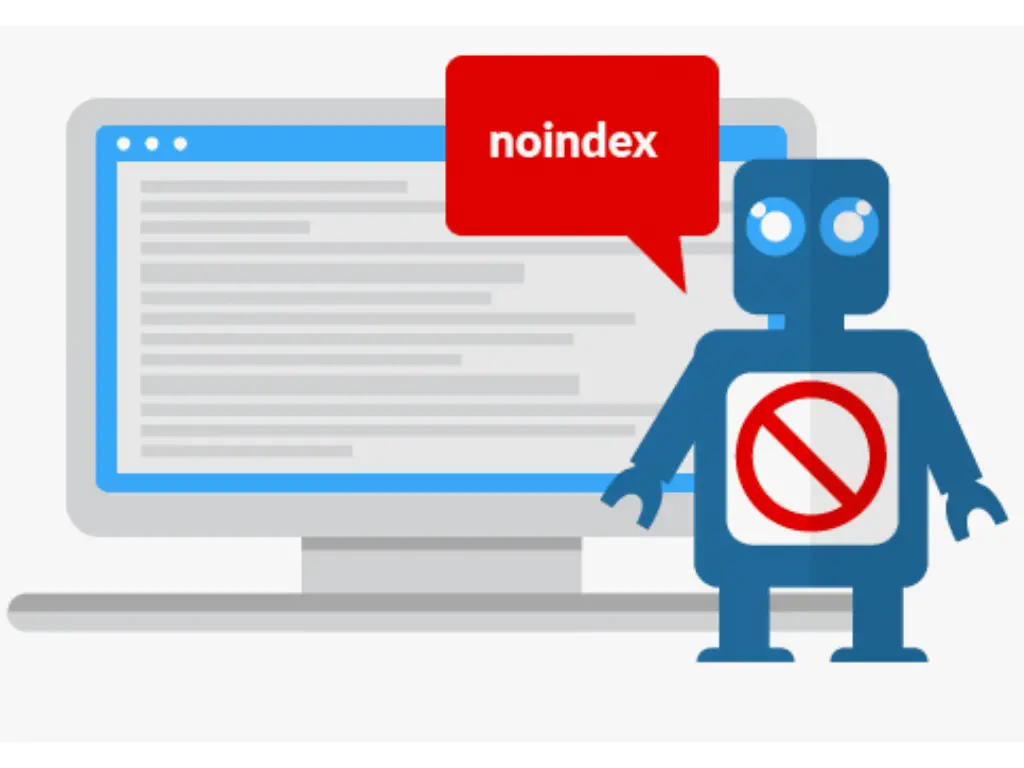In the world of search engine optimization (SEO). The webmasters and site owners constantly strive to achieve higher visibility and better rankings in search engine results pages (SERPs). One of the essential tools at their disposal is the meta tags. A snippet of HTML code that provides instructions to search engine bots. Among all the various meta tags available, the “noindex” tag stands out as a powerful tool to control what content search engines should and shouldn’t index. In this blog post, we will explore the use cases and considerations for implementing the noindex meta tag.

Understanding the Noindex Meta Tag:
The noindex meta tag is used to communicate with search engine crawlers. It instructs them not to index specific pages or sections of a website. When search engines encounter the noindex directive, they will skip over those pages during the crawling process. And preventing crawlers from appearing in search results.
Check Articles on Tech News and Tech Analysis
When to Use the Noindex Meta Tag:
- Temporary or Unfinished Pages: During the development phase of a website. it’s common to have unfinished or temporary pages that are not yet ready for public consumption. In such cases, using the noindex tag can prevent these pages from being indexed prematurely, ensuring that only polished and complete content is presented to users.
- Duplicate or Thin Content: Search engines prioritize unique and valuable content. If you have duplicate content across multiple URLs or thin content that offers little value to users, using the noindex tag can help prevent these pages from diluting your overall website quality and potentially facing penalties from search engines.
- Private or Confidential Information: Some pages may contain sensitive information that should not be indexed by search engines. Examples include login pages, internal administration sections, or private user profiles. Implementing the noindex tag on these pages ensures that they remain hidden from search engine results and prying eyes.
- Thank You or Confirmation Pages: After a user completes a transaction or fills out a form, they may be redirected to a thank you or confirmation page. These pages often add little value to search engine results and are better served by not being indexed. Implementing the noindex tag on these pages can prevent them from cluttering search engine listings.
Check our articles on Best Product Reviews, Electronic Product Reviews, Smartphone Reviews, Camera and Printer Reviews.
When to Avoid Using the Noindex Meta Tag:
- High-Quality Content: If you have carefully crafted content that provides value to users and aligns with your SEO goals. It’s best to allow search engines to index these pages. Indexing increases the visibility and chances of ranking well in search results, driving organic traffic to your site.
- Landing Pages and Conversion Funnels: If you want to attract organic traffic to specific landing pages or guide users through a conversion funnel. It’s essential to allow search engines to index these pages. Indexing helps improve their visibility and increases the likelihood of driving targeted traffic to those pages.
- Publicly Accessible Information: If your website contains valuable and publicly accessible information, such as blog posts, articles, or resources. It’s beneficial to allow search engines to index these pages. By doing so, you increase the chances of your content reaching a wider audience and attracting organic traffic.
The noindex meta tag is a powerful tool. It allows webmasters and site owners to control how search engines index pages. It is most effective when used in specific situations. Situations such as during website development, to manage duplicate or thin content, or to protect private information. However, it’s important to exercise caution and avoid using the noindex tag on high-quality content, landing pages, and publicly accessible information that can benefit from search engine indexing. By understanding when to use and when to avoid the noindex meta tag. You can optimize your website’s visibility and ensure that your content reaches the right audience through
A tech enthusiast with six years of experience in blog writing and a background in software engineering. His expertise lies in programming and electronics products such as softphones, printers, and cameras. With a talent for simplifying complex concepts, His writing style is clear, accessible, and focused on providing valuable insights.